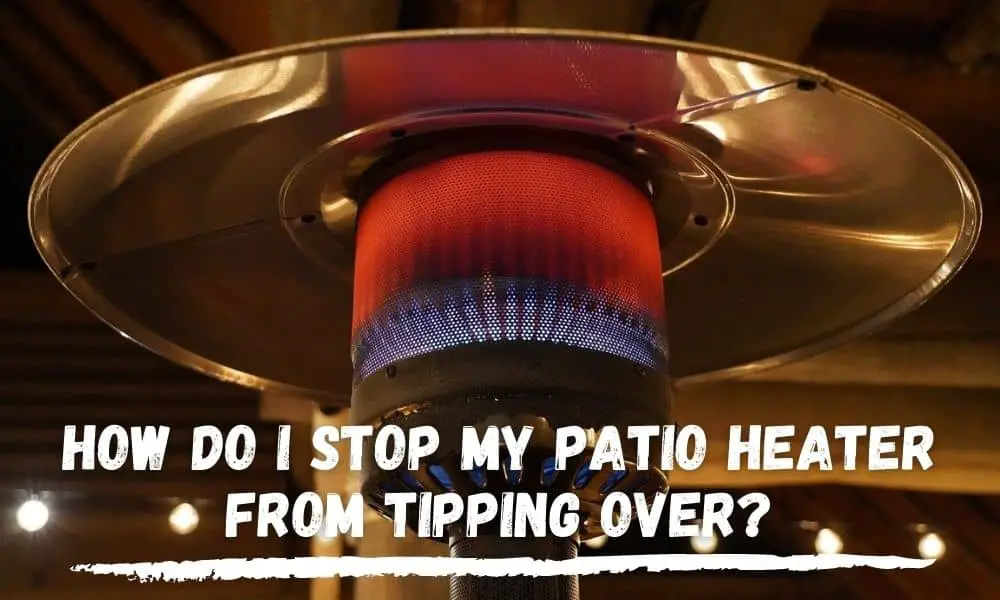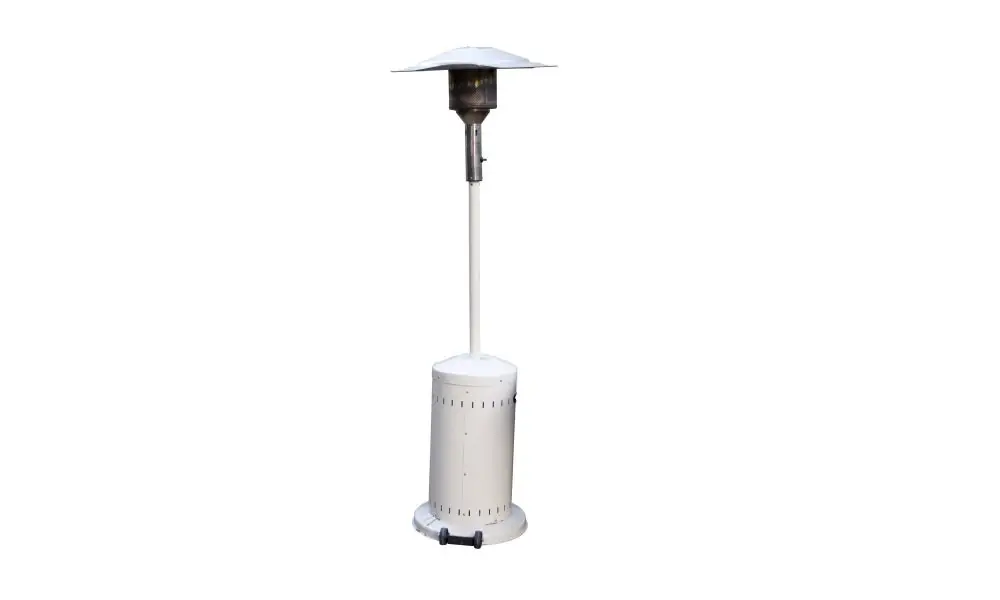Lighting a patio heater is a simple task but entails responsibility from the user. Patio heaters have simple and safe mechanisms to make ignition quick, as well as automatic shutdown mechanisms in the event of fire or gas leaking.

As a matter of safety, you should be conscientious so that starting it will allow the heater to function safely.
Lighting a patio heater should not require lighters or matches. The mechanism operates so that the liquefied gas enters the pipe and reaches the burner. To do this, you must connect the propane tank to the gasket of the heater.
Quick Navigation
The gasket should be latched onto the propane tube. Turn the handle until the gasket is firmly on the regulator, then rotate the head until the regulator and the tank pipe is latched on securely. Switch the gas tank on by turning the handle until the tank is fully opened.
After doing so, turn the ignition switch of the heater and hold it for 10 seconds. This step is necessary for the gas to climb up the tube of the heater.
The heater has a button that will start the flame. When the flame is burning, turn the switch too high to ensure that the gas is fully burned. You can turn to a more modulated level after 15 seconds.
Several Operating Basics
When turning on the heater, you must ensure that the tank is full. The valve must be completely open to make sure that the flow of gas to the burner is steady.
A tank that is almost empty will not allow the burner to produce a flame. You should not try to flip the tank to try to consume the little liquid that is left. A propane tank that is not full should be replaced and the tank must always stand upright.
Lighting instructions will vary depending on the type of heater. Read the instructions carefully. The knob should be turned counterclockwise to let the air travel to the burner. Holding it should be done until you hear the air passing through the burner.
A soft hissing sound will be heard once the gas reaches the burner. If unsuccessful, then you will have to try again until you are successful.
The knob should make a clicking sound when it is turned. If the knob fails to produce a sound, then the assembly might be misaligned or cracked. Realigning the knob should be done with a screwdriver. A cracked knob should be immediately replaced.
What Are the Common Causes if a Heater Fails to Start?
A heater may stop working due to several factors. These factors are indicative of issues other than the heater being broken.
One major reason could be the gas level. To check the contents of a propane tank, must lift the tank and feel if it is light. A lightweight tank will mean that there is not much propane.
Even if there is not much propane left, the burner will not work and you should not try to force it; tilting the tank should not be done because this is very dangerous. You should replace the tank, even if there is gas left.
Gas delivery is another reason why the burner is not lighting. The burner switch must be rotated counterclockwise and held in place for a few minutes. Not giving the tank enough time for the gas to travel up the pipe will make the burner fail to light.
The ignition should cause a spark; this is a signal that the ignition is working. If there is no spark, then the ignition is broken.
If there is a spark but there is no flame, the burner can be lit with a lighter. However, using a lighter should not be a regular practice and the manufacturer should help resolve this issue.
The burner of a heater tends to collect dust and insects. The burner should be regularly cleaned and holes should be clear of debris. Another cause of lighting mishaps is clogged burners.
Bottom Line
The regulator should also be checked if it is securely latched on the propane tank.
Some propane tanks have safety that should be turned off to ensure that the gas is released to the heater.




